From the Pha Lom Village Cultural House, Tam Hop Commune (Tuong Duong), it is only a few hundred meters to Xong Ba Ca's house. Like many other households in this border village, Xong Ba Ca's family does not have much garden space, because the terrain here is quite steep and narrow. People's houses are located next to streams, creeks, along steep mountain slopes. However, the difference in Xong Ba Ca's garden is that the land area of about 200 square meters is enclosed, covered with a net to protect from the sun and rain, and planted with 7-leaf, 1-flower ginseng.
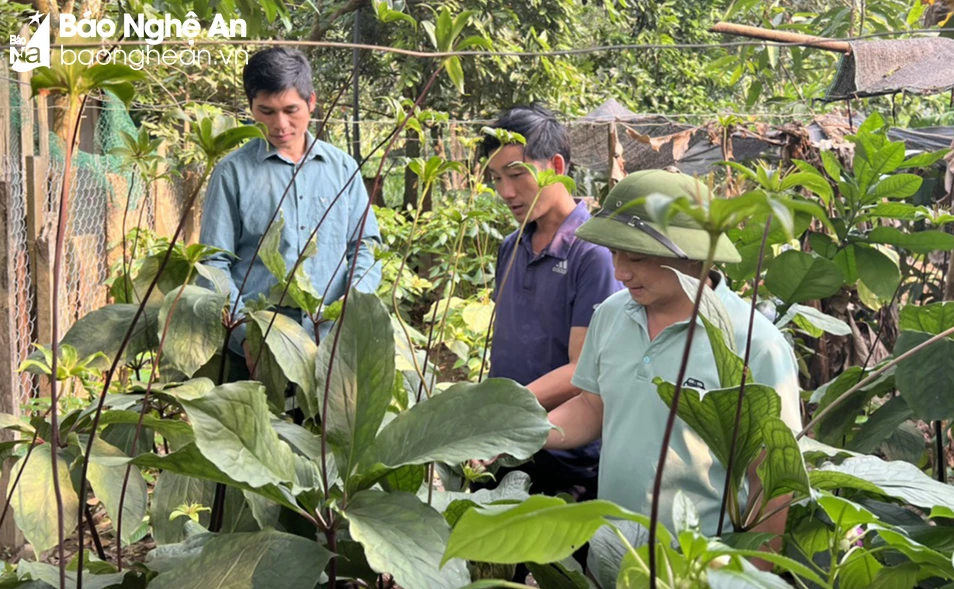
Xong Ba Ca is the first household in Tam Hop commune to pioneer the cultivation of medicinal herbs considered to be the most difficult, in 2021, with the guidance of professional staff to implement the National Target Programs for socio-economic development of ethnic minority and mountainous areas in Tuong Duong district, including supporting people to grow precious medicinal herbs.
“The ginseng planting project in Pha Lom village has a scale of 20 households, but in 2021, Mr. Xong Ba Ca was the first to implement it. Up to now, entering the 5th year, with the positive results of the ginseng garden at Mr. Ca's household, by March 2024, 4 more households have expanded the ginseng garden in Pha Lom village, with a total area of 7-leaf, 1-flower ginseng in the commune of about 0.7 hectares", said Comrade Gia Ba Tru - Deputy Secretary of the Party Committee of Tam Hop commune.
Mr. Xong Ba Ca said that initially, his family was guided and funded by superiors to grow 7-leaf, 1-flower ginseng in their home garden. The government supported the labor costs, but for ginseng seeds, the households had to go into the forest to find plants or seeds. This was the most difficult step, because currently 7-leaf, 1-flower ginseng growing naturally in deep forests is very rare and hard to find. This is also the reason why the scale of the initial support project was 10 households, but so far it has only been expanded to 5 households. To gain people's trust in following, the village cadres took the lead in implementing it.
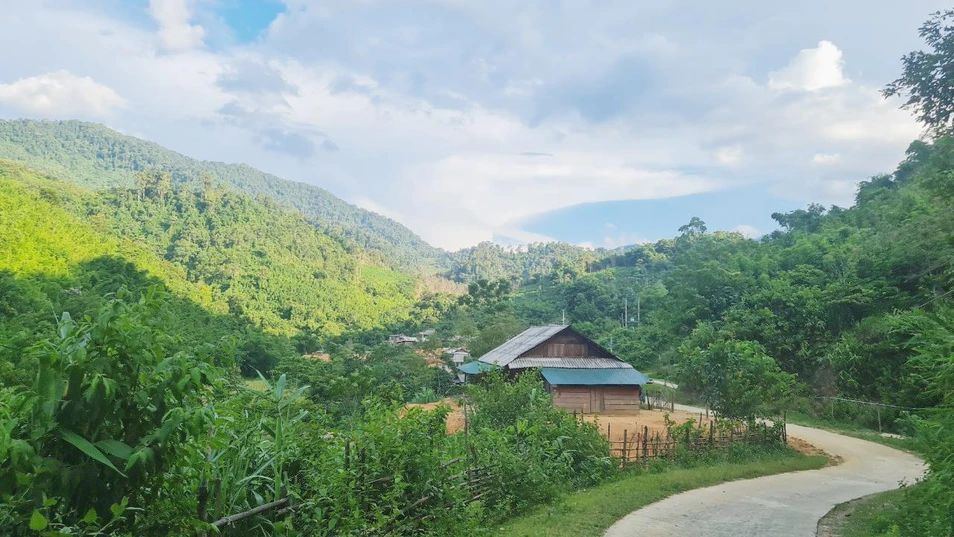
Mr. Xong Ba Ca added that his family's ginseng garden was propagated from natural ginseng seeds found deep in the forest. Because the plants were grown from seeds, it took a long time to confirm initial success. Now in the 5th year, the ginseng plants have begun to produce fruit, increasing motivation for other households.
Currently, with ginseng roots weighing about 4-5 grams, people sell them for about 70 thousand VND/gram, equivalent to 7 million VND/kg. Although it is only a pilot harvest, the results also show high economic potential, encouraging people to boldly implement and expand the precious ginseng garden in Pha Lom village.
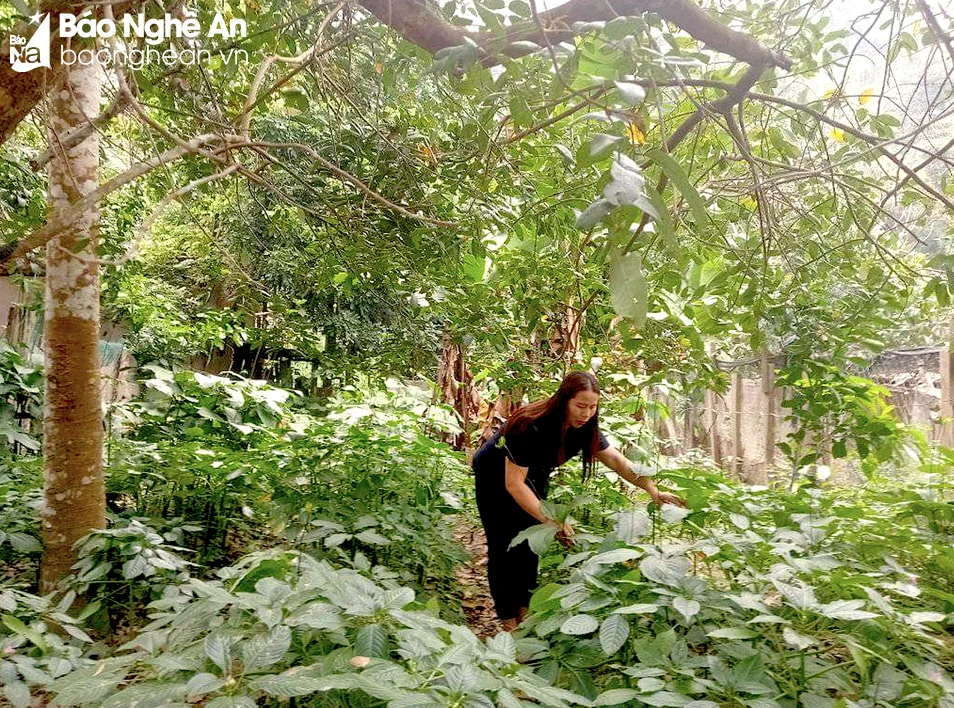
Currently, in addition to Xong Ba Ca household, there are 4 other households growing 7-leaf 1-flower ginseng in Pha Lom village, including Lau Nho Thai, Xong Tong Gio, Lau Giong Chua and Xong Nenh Lau households. Instead of propagating ginseng from seeds, these households have gone deep into the forest to find ginseng seedlings. Thanks to this, the time for caring for and growing the plants is shortened.
Ginseng breeders said that after a hard day of searching for ginseng in the forest, if they are lucky enough to find the right area where the plants grow, they can harvest 10-20 seedlings. However, after many trips like that, households can only find a few dozen ginseng seedlings to plant in their gardens. People find seedlings themselves, and the State pays for labor costs and ginseng seeds according to the project's regulations.
Source





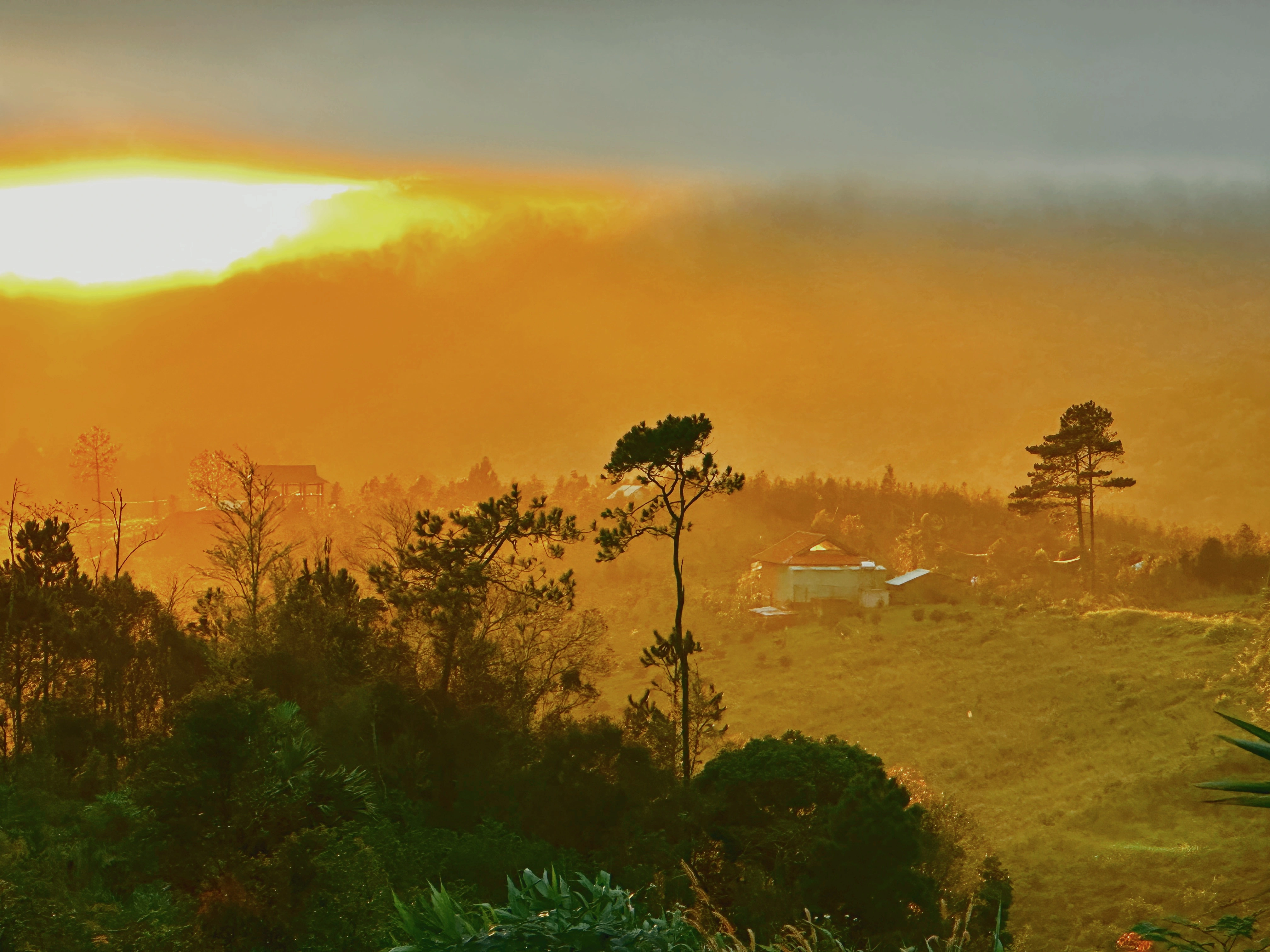

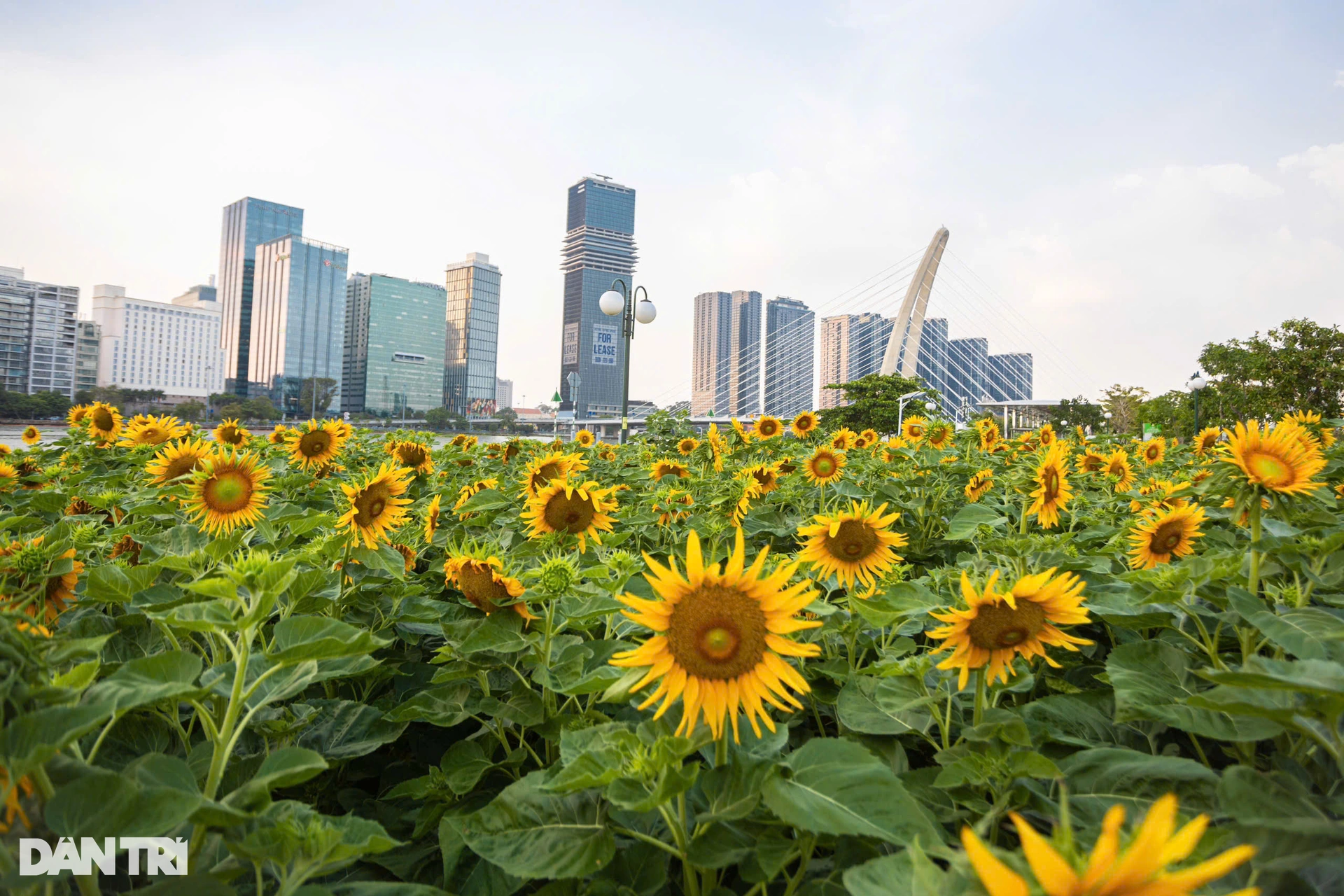
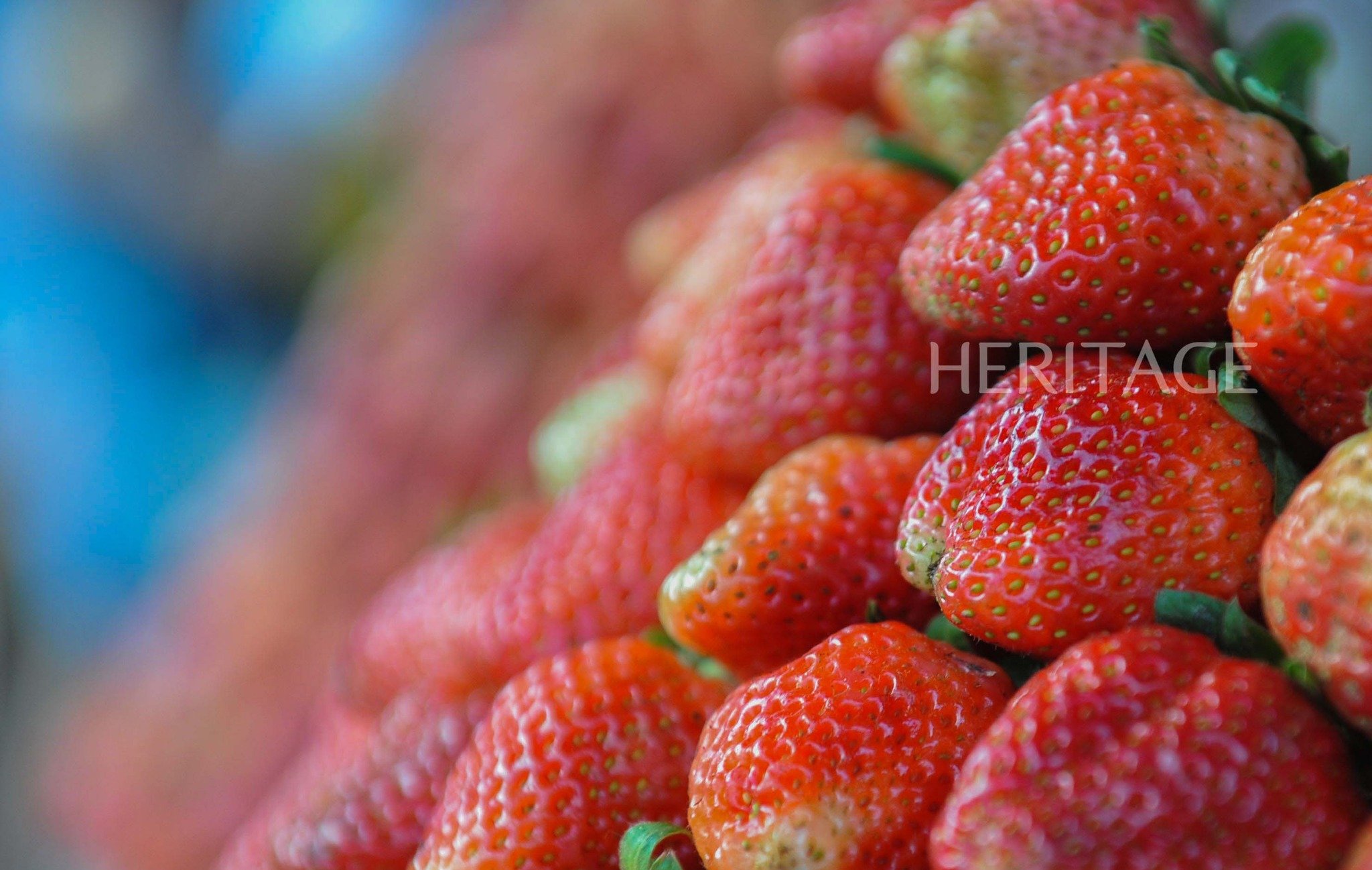

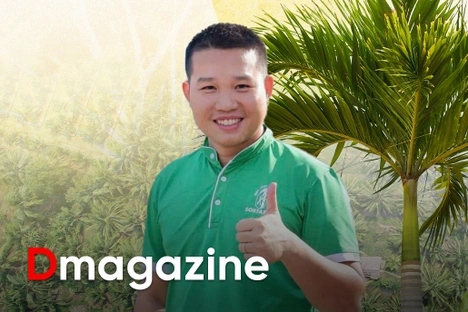

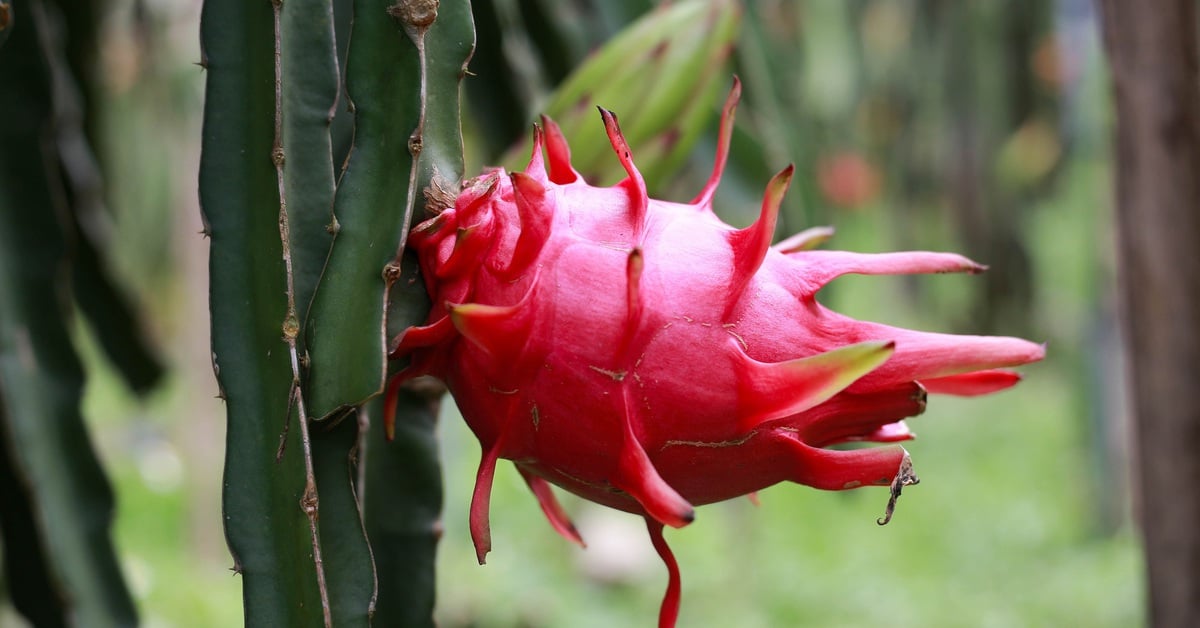



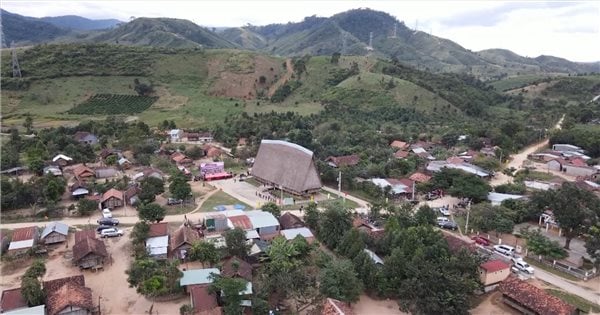

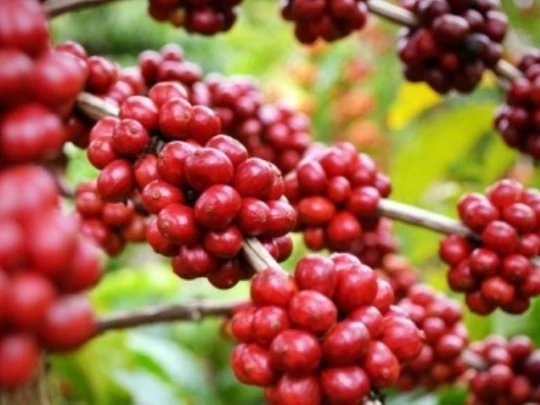
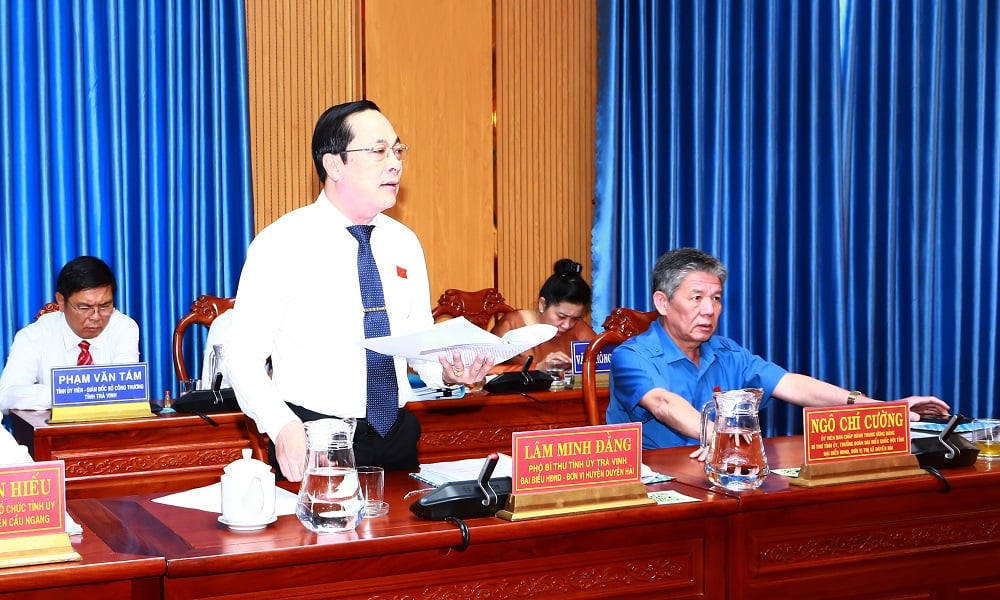
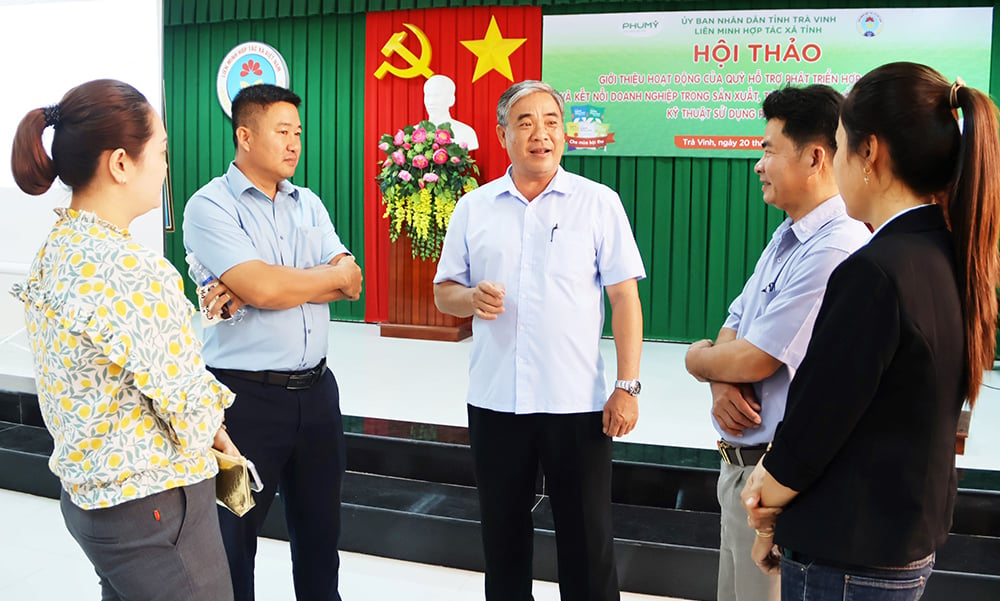
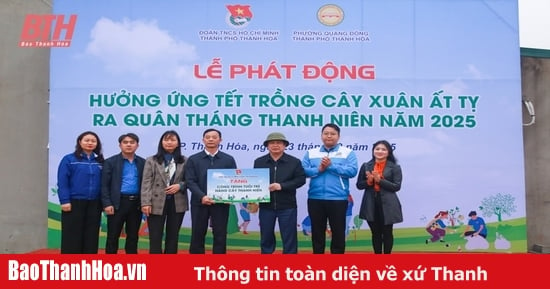

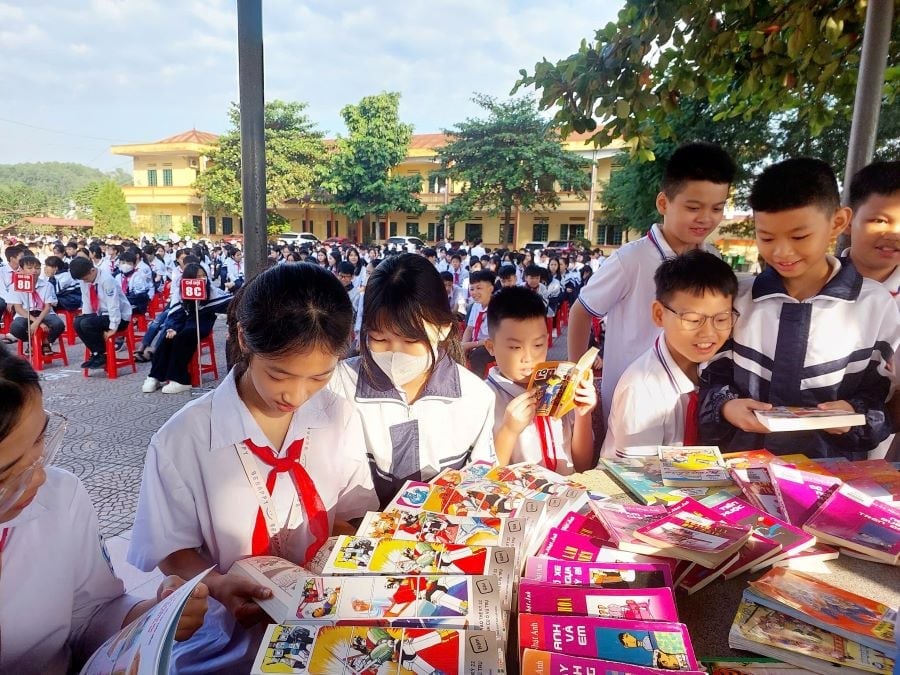
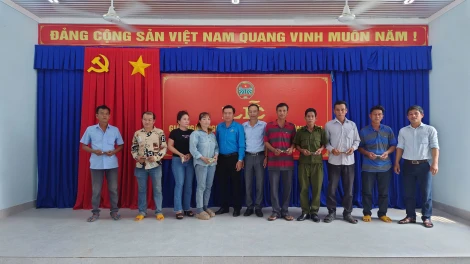
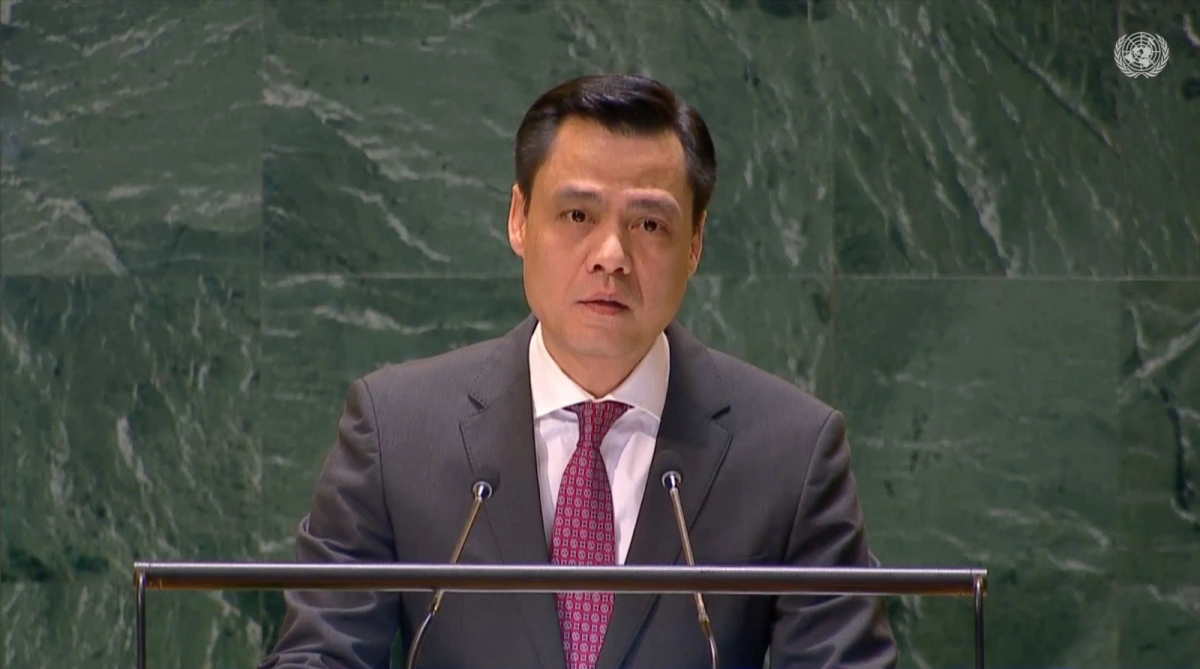
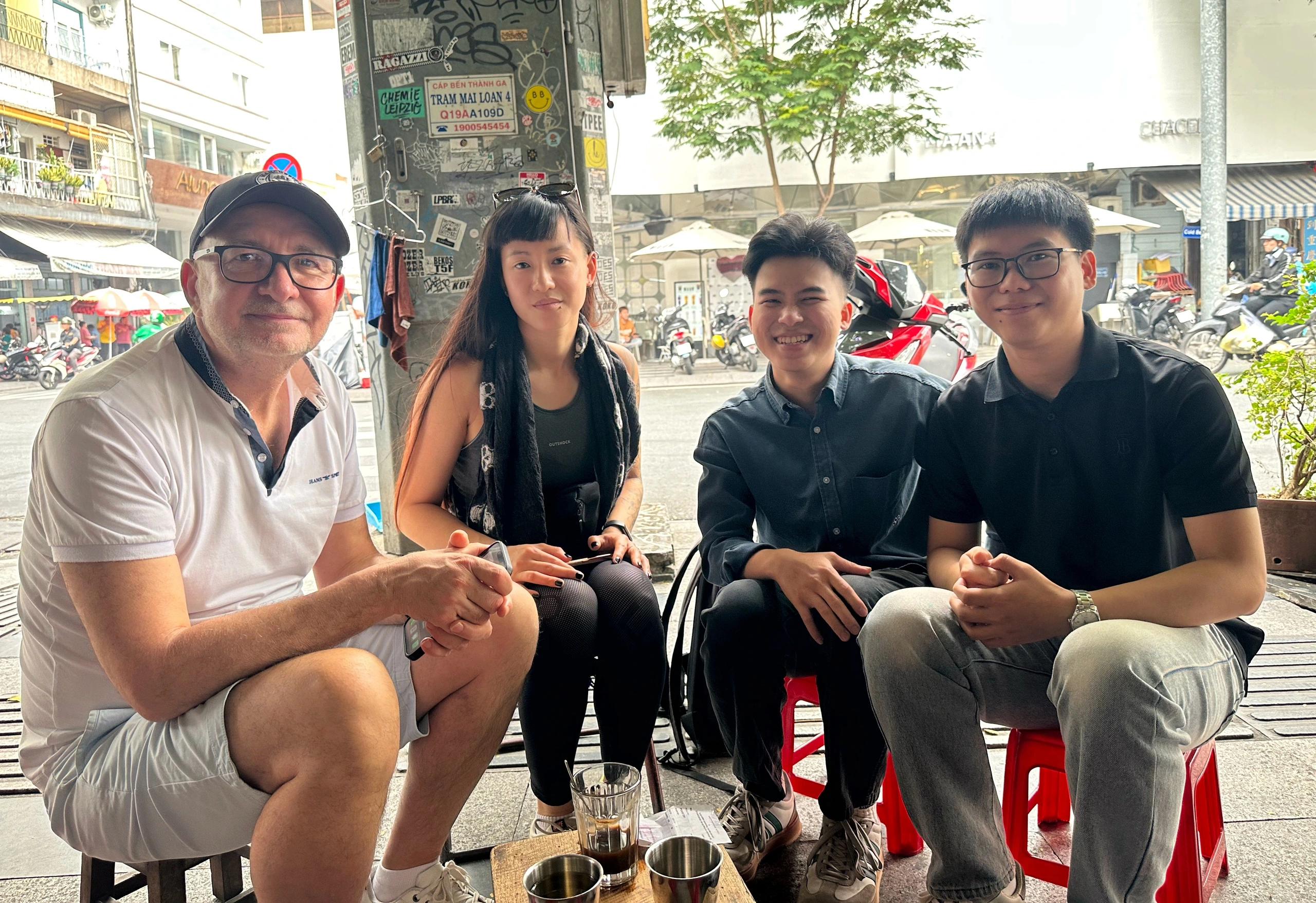
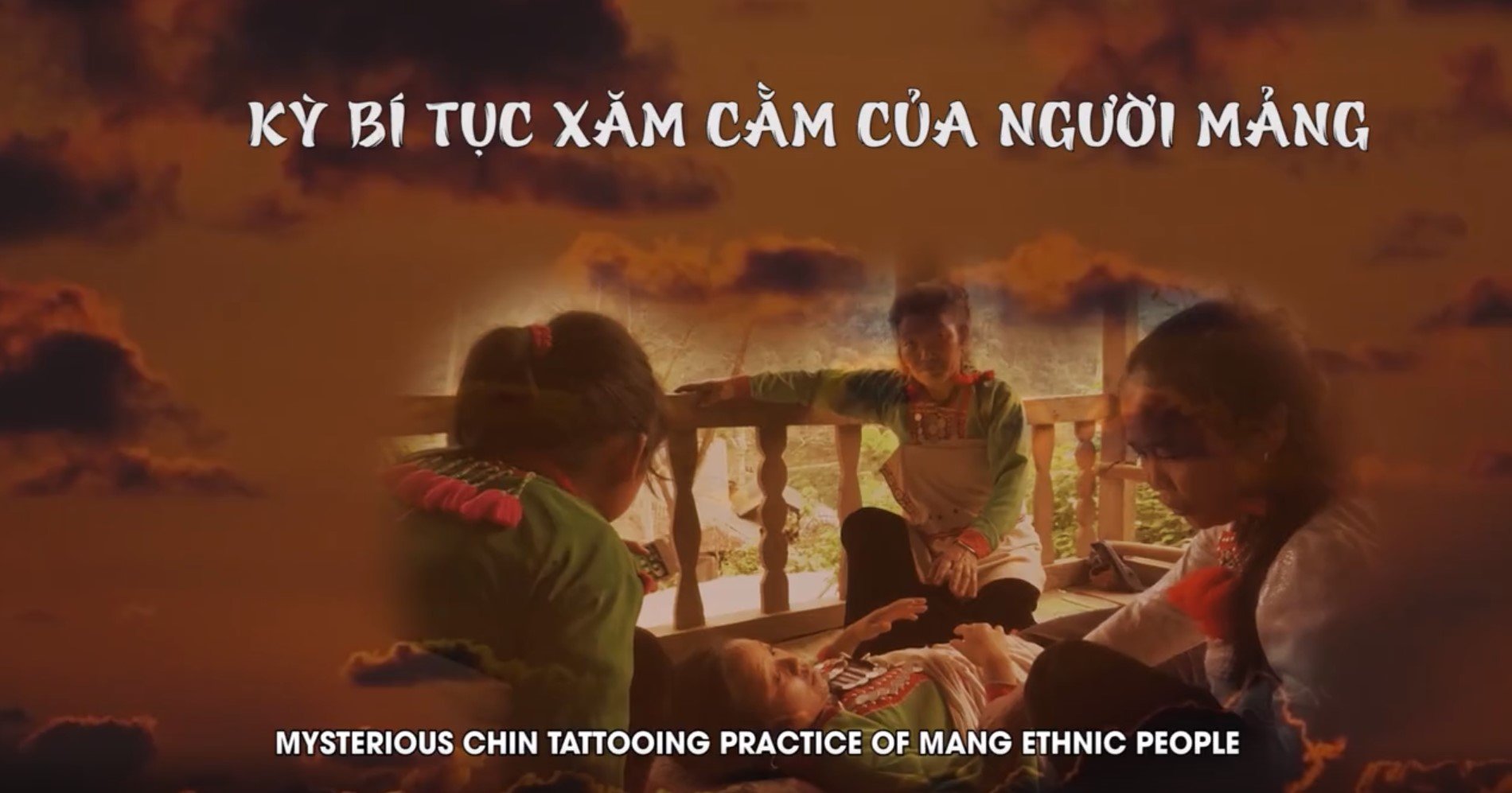
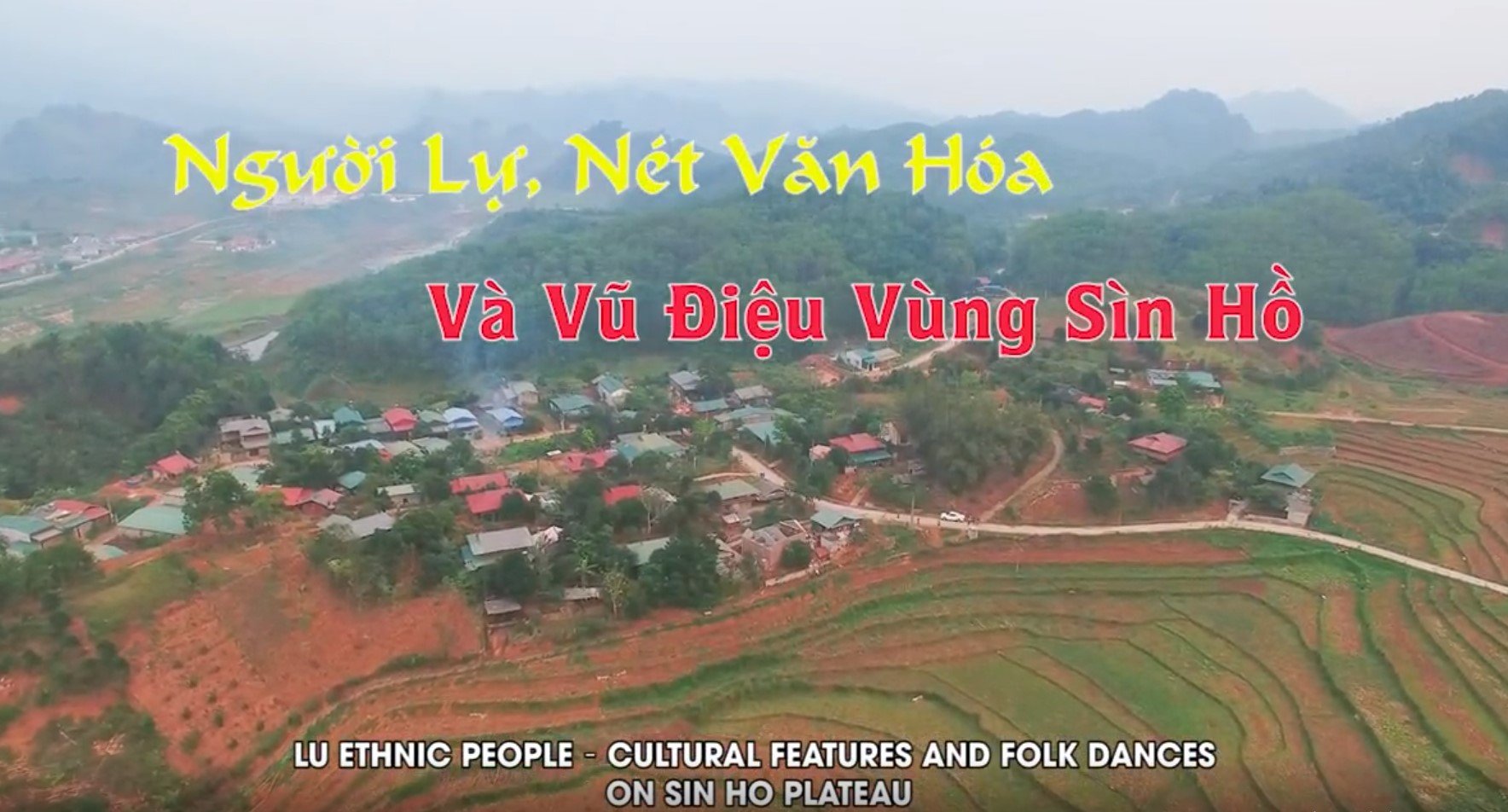

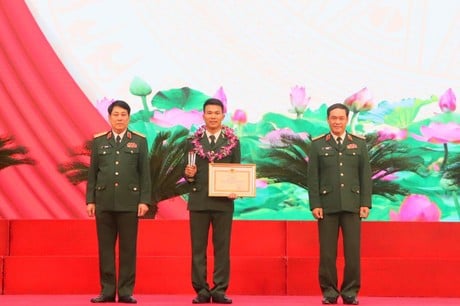
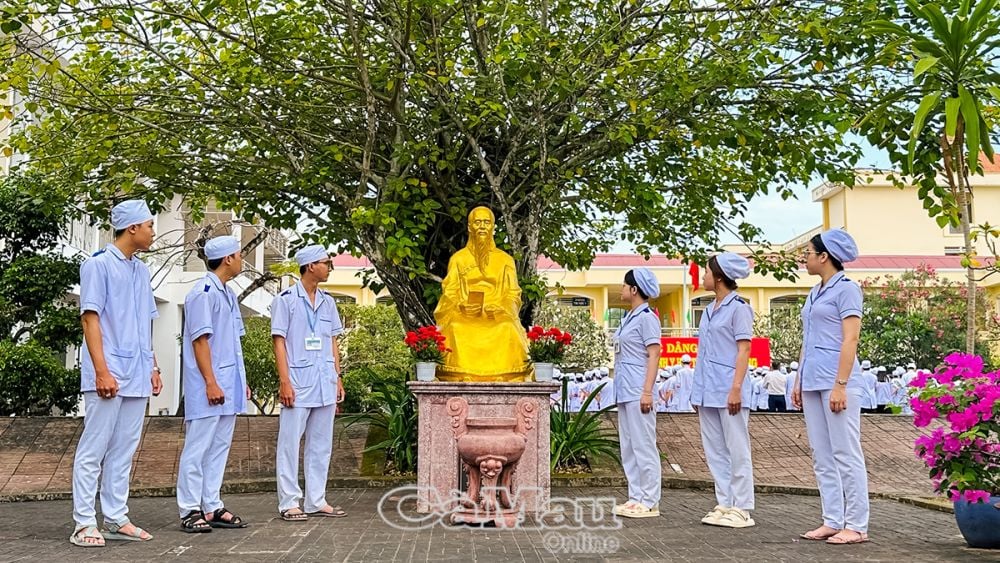
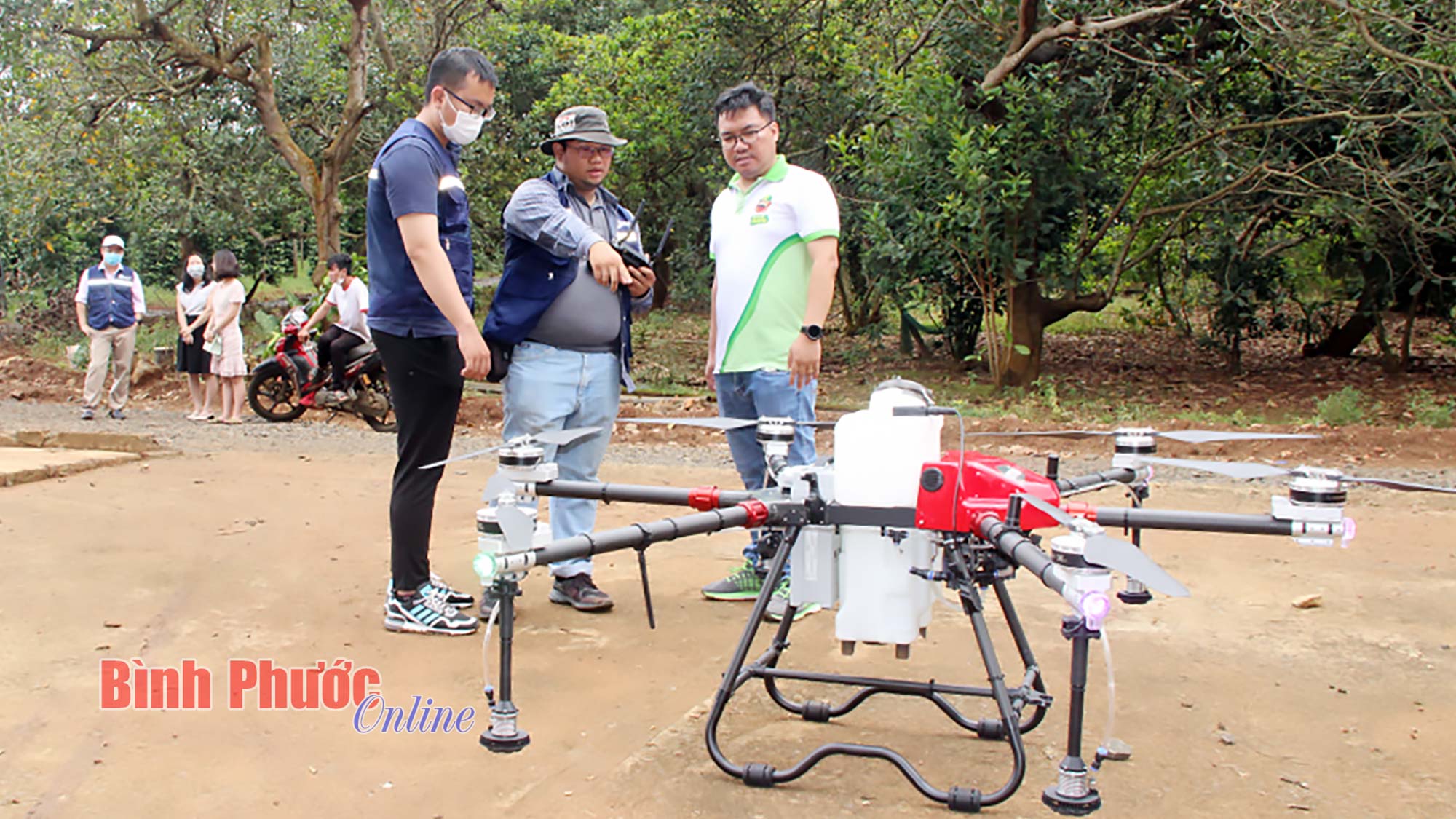
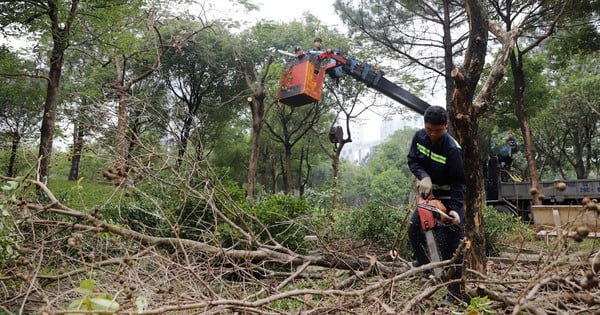

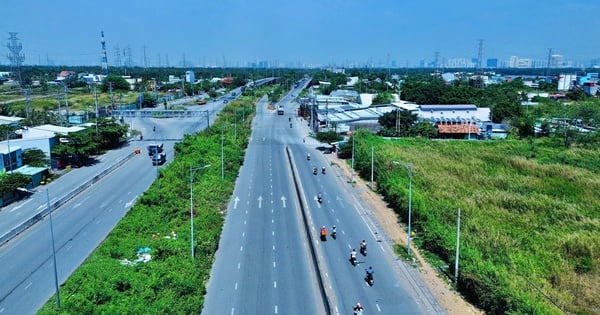


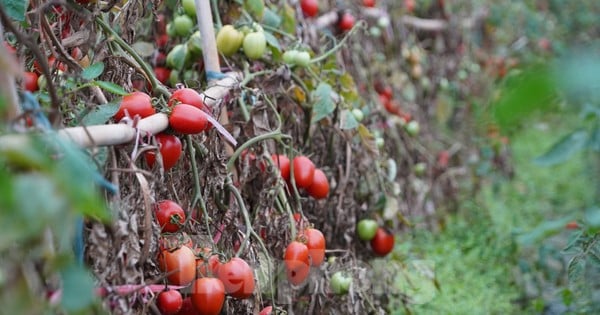

![[Photo] Prime Minister Pham Minh Chinh chairs Government Conference with localities on economic growth](https://vstatic.vietnam.vn/vietnam/resource/IMAGE/2025/2/21/f34583484f2643a2a2b72168a0d64baa)


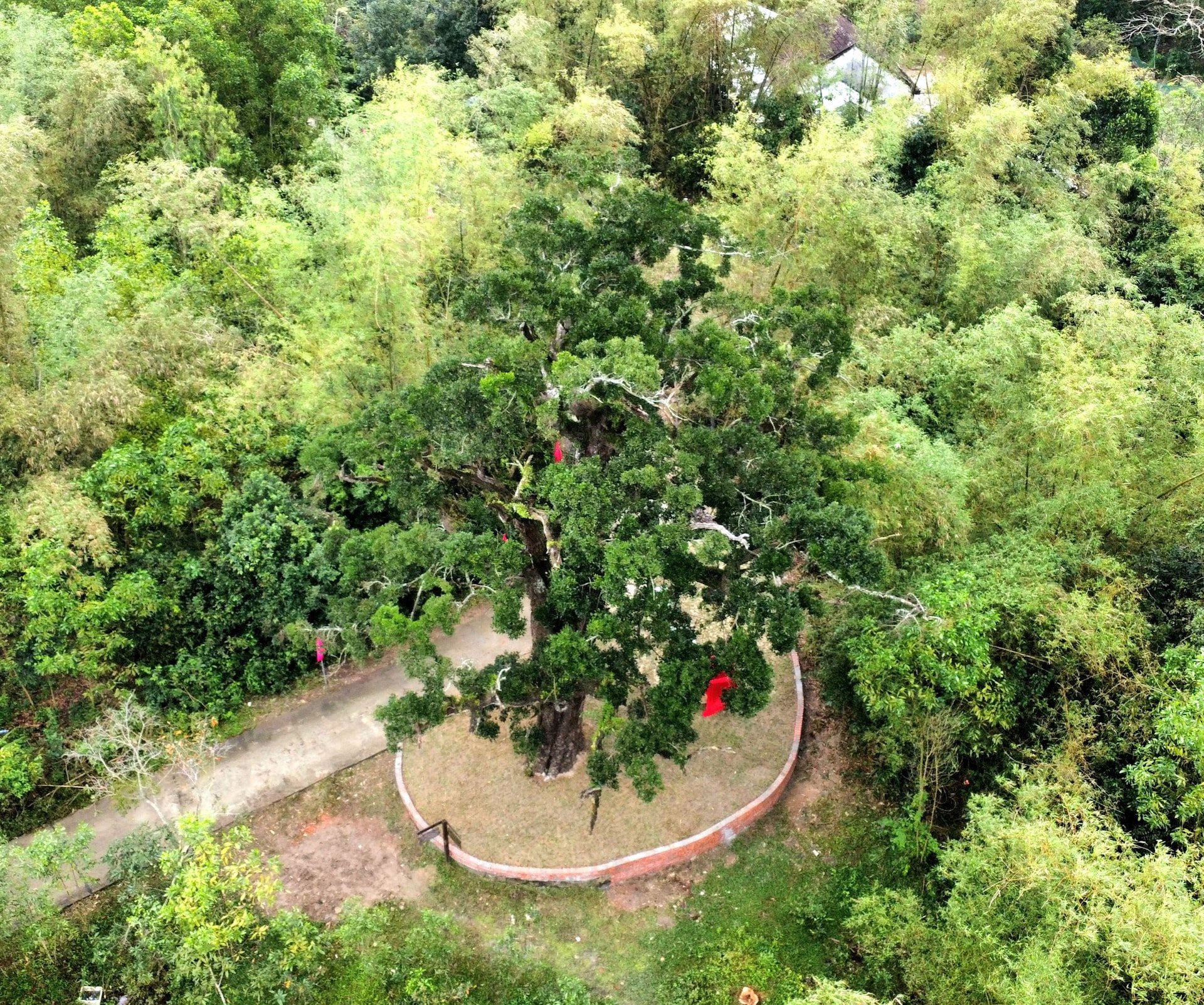

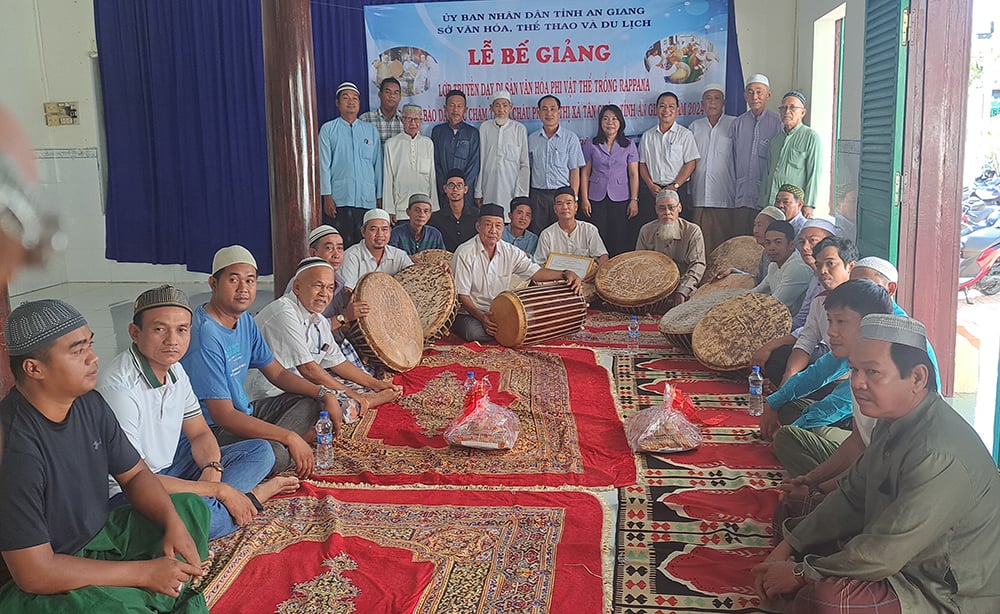

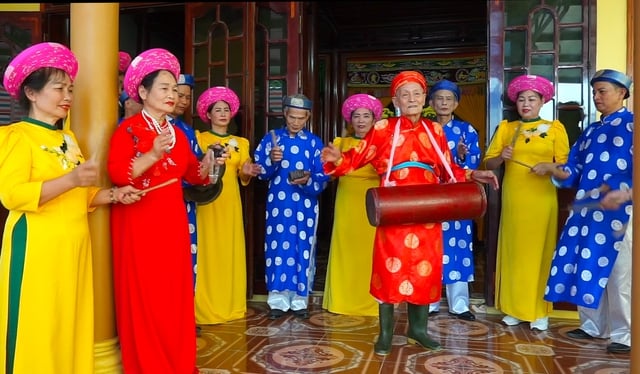
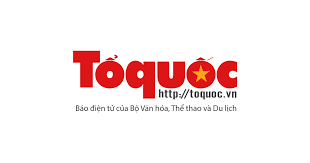
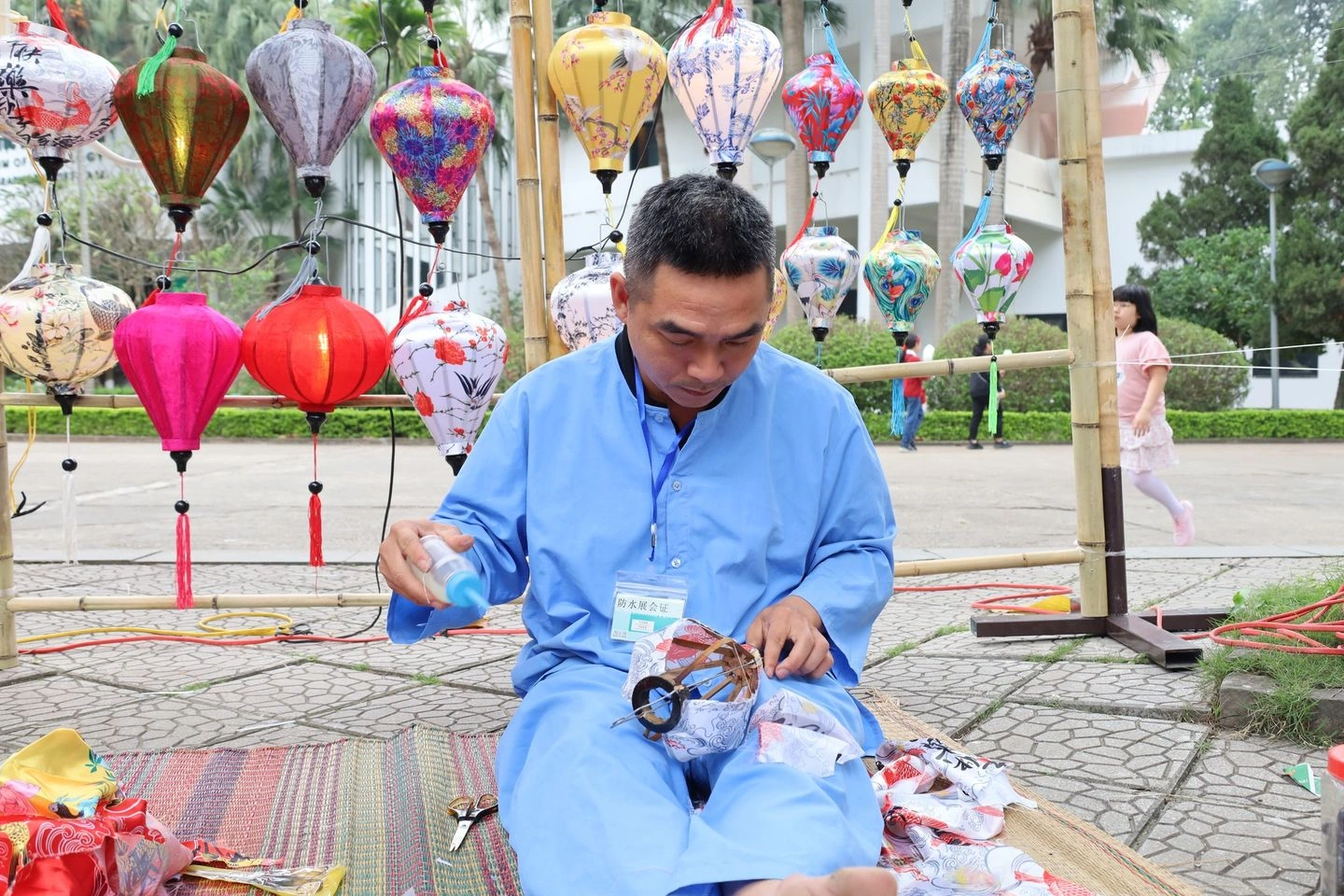



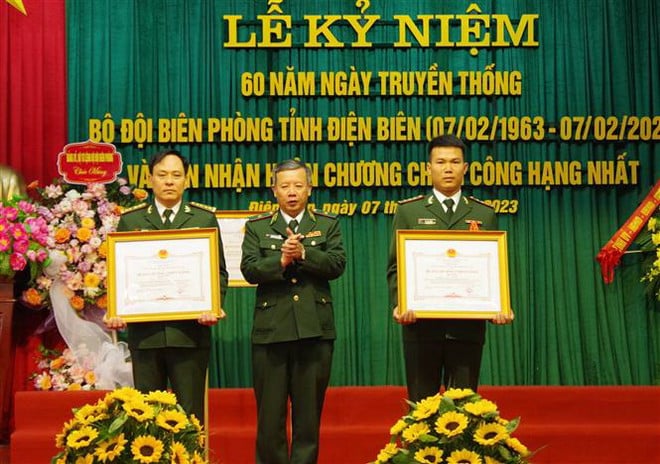




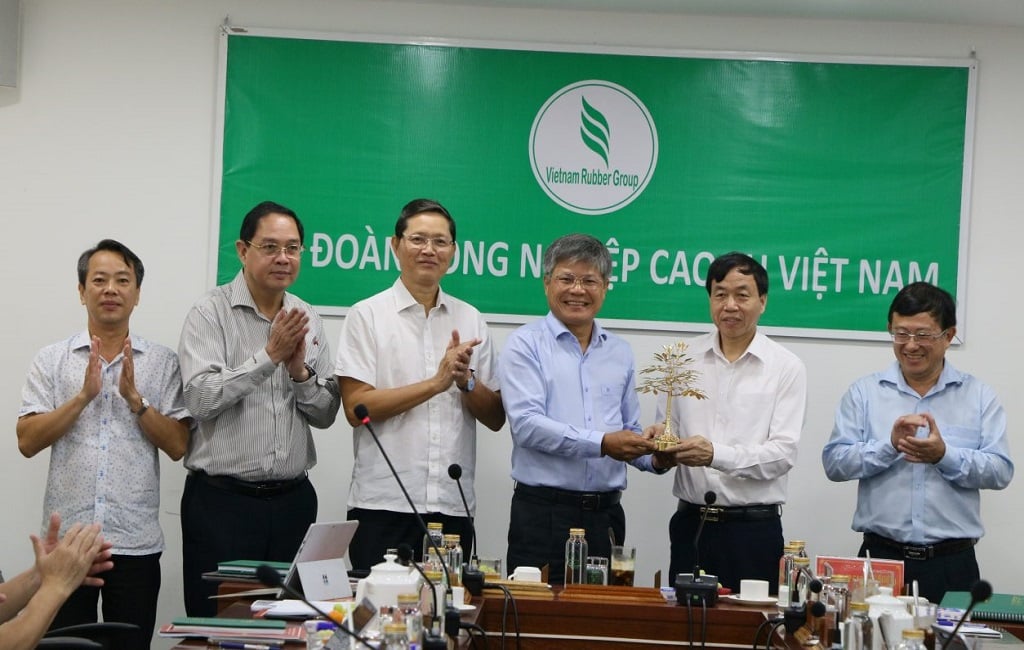


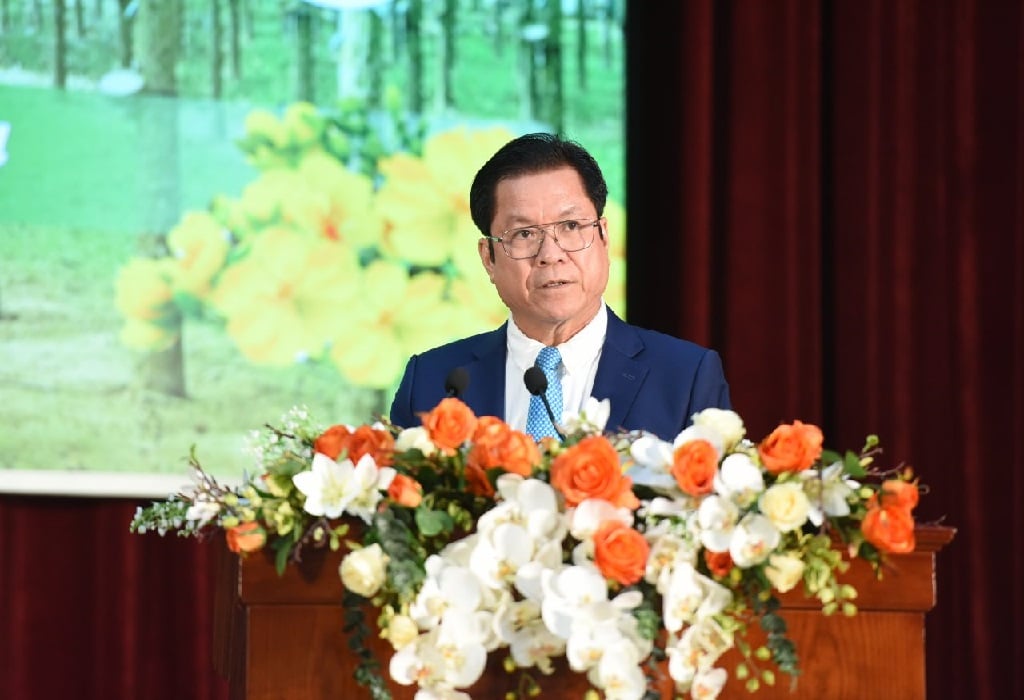
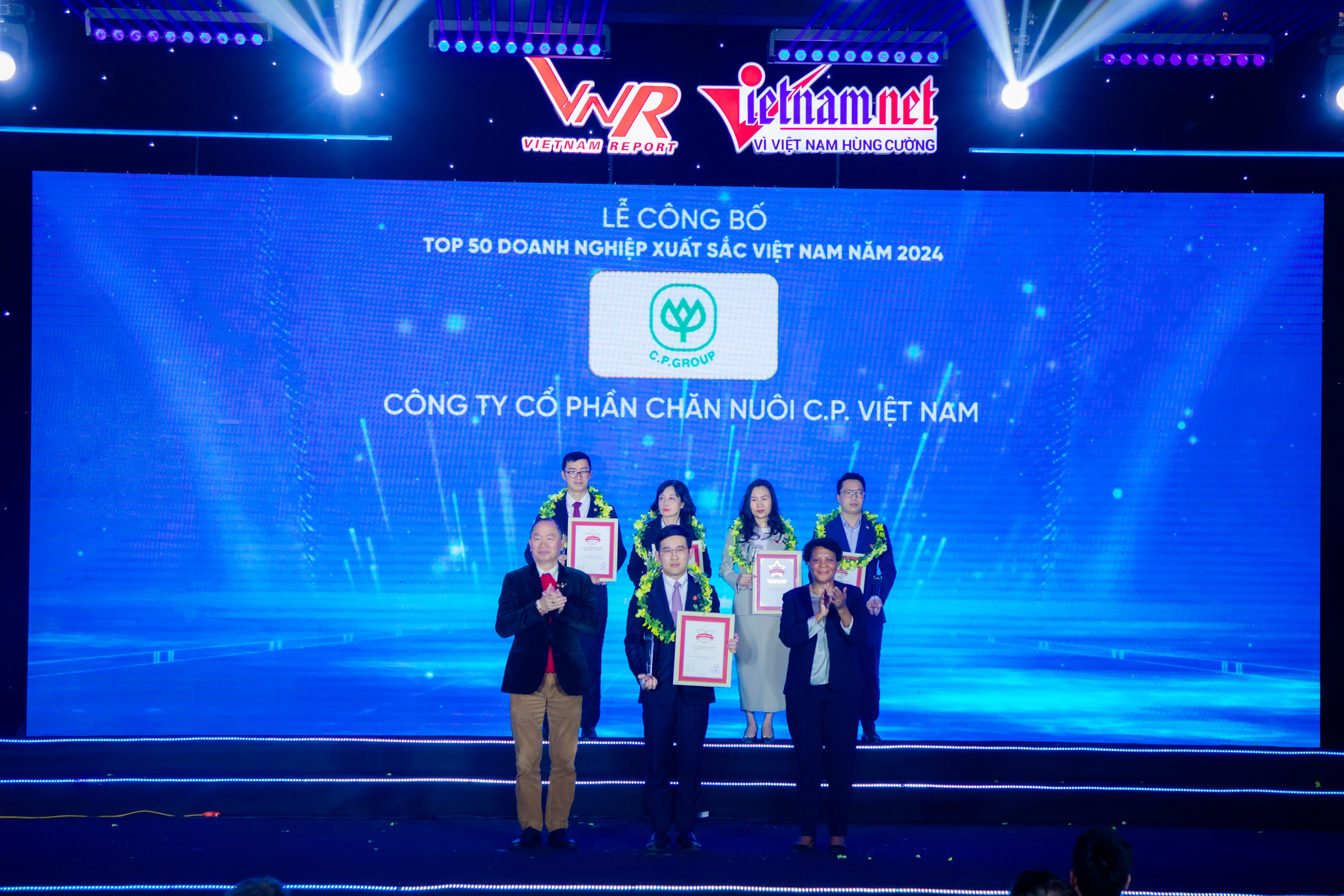
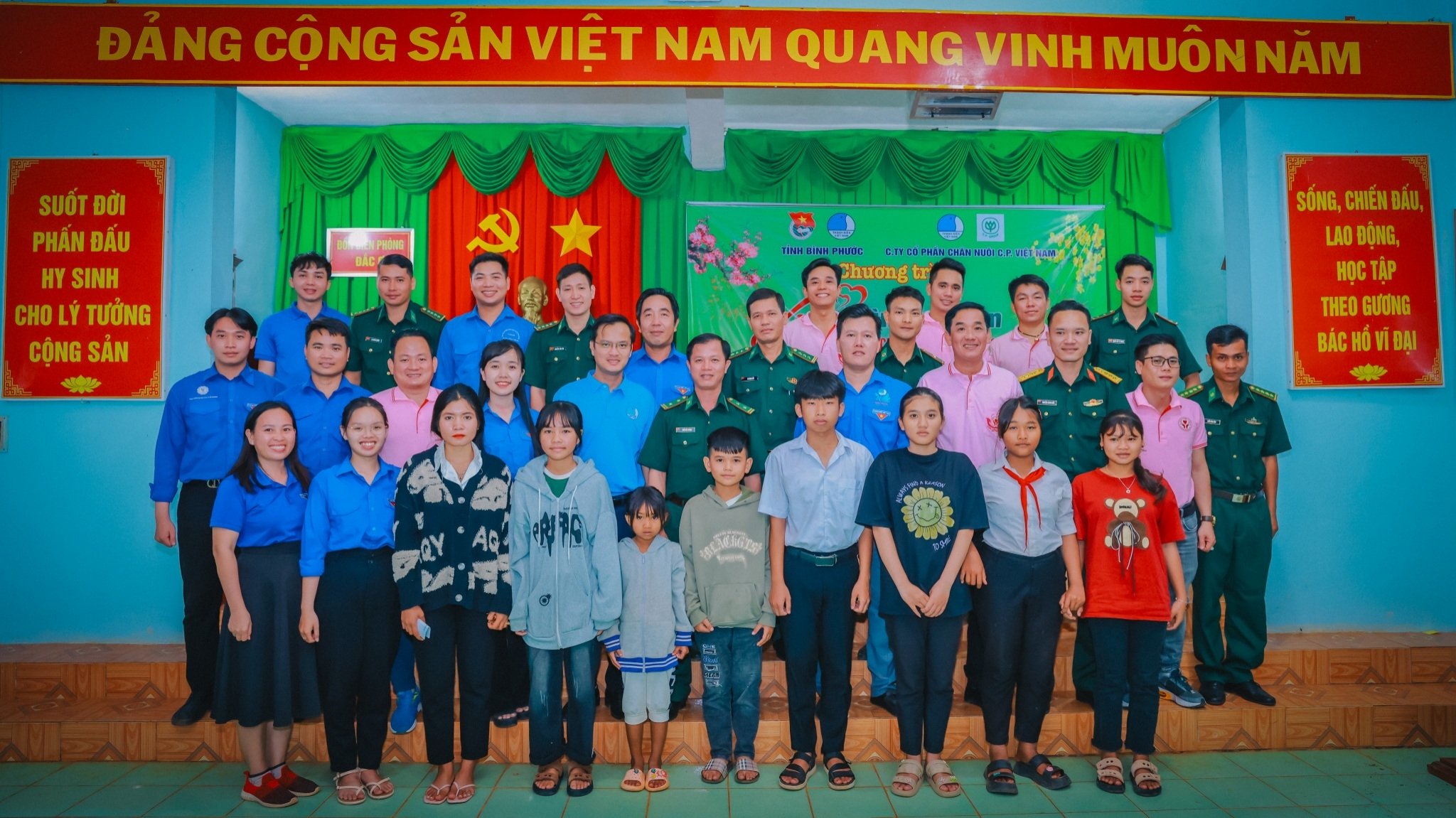


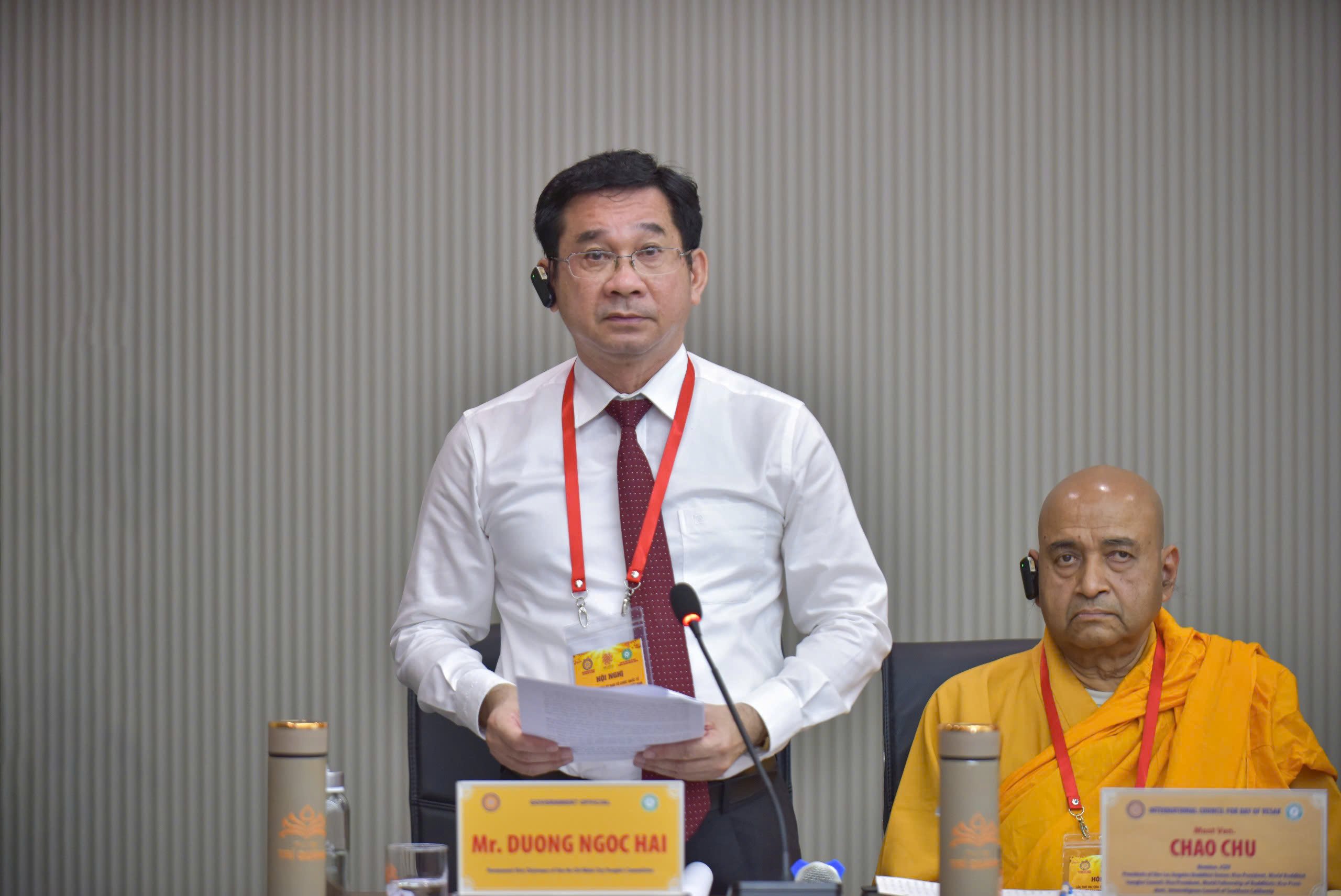

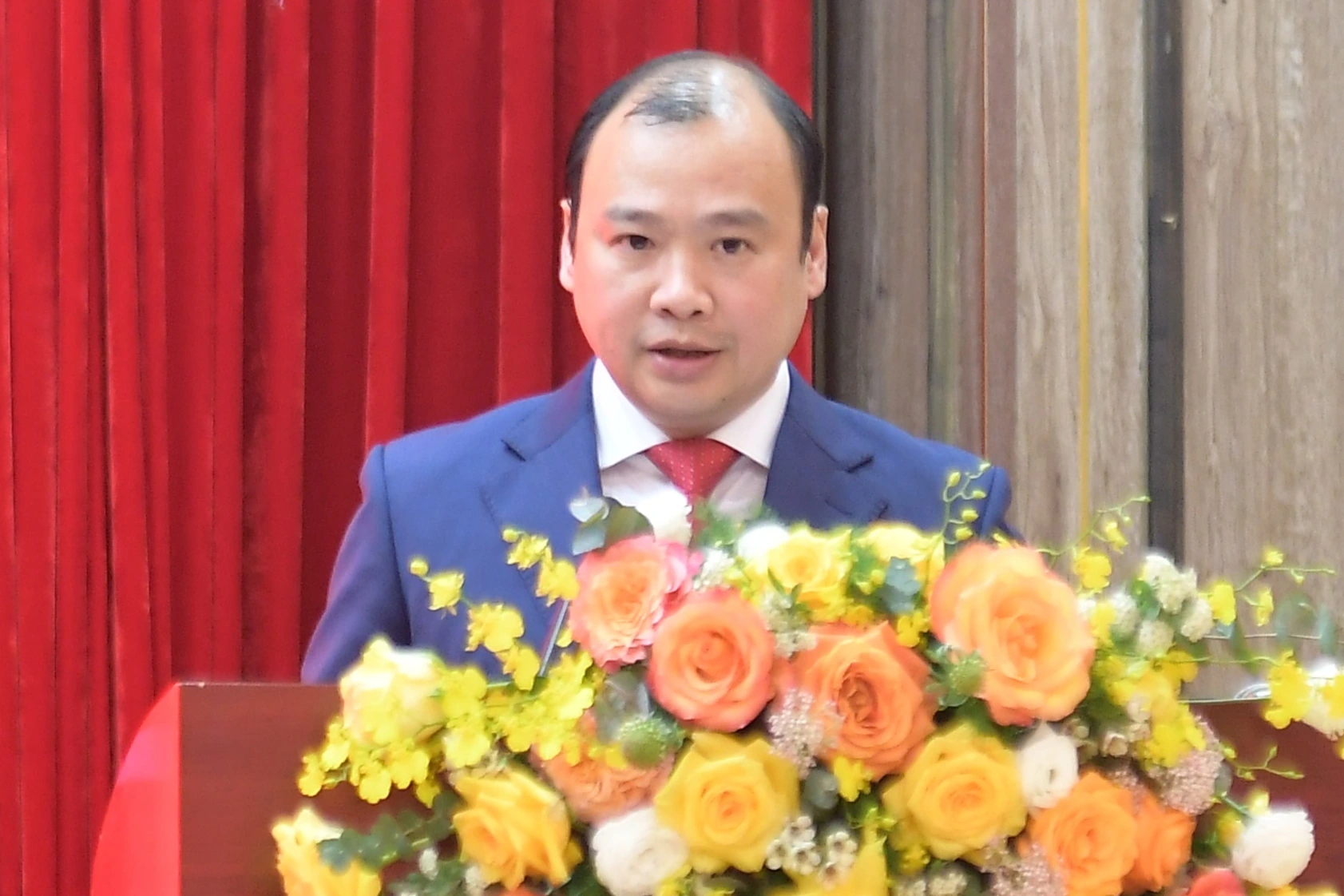








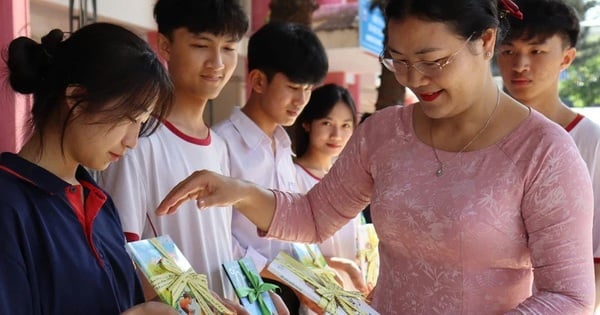





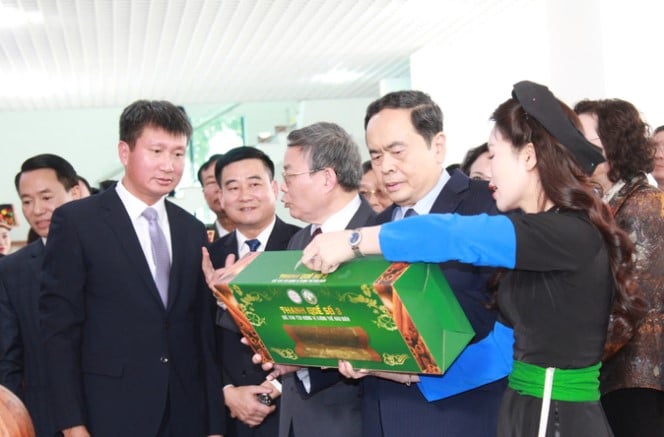

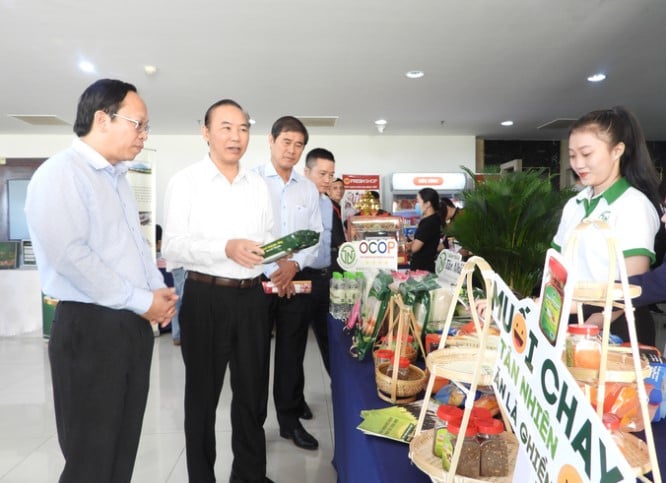
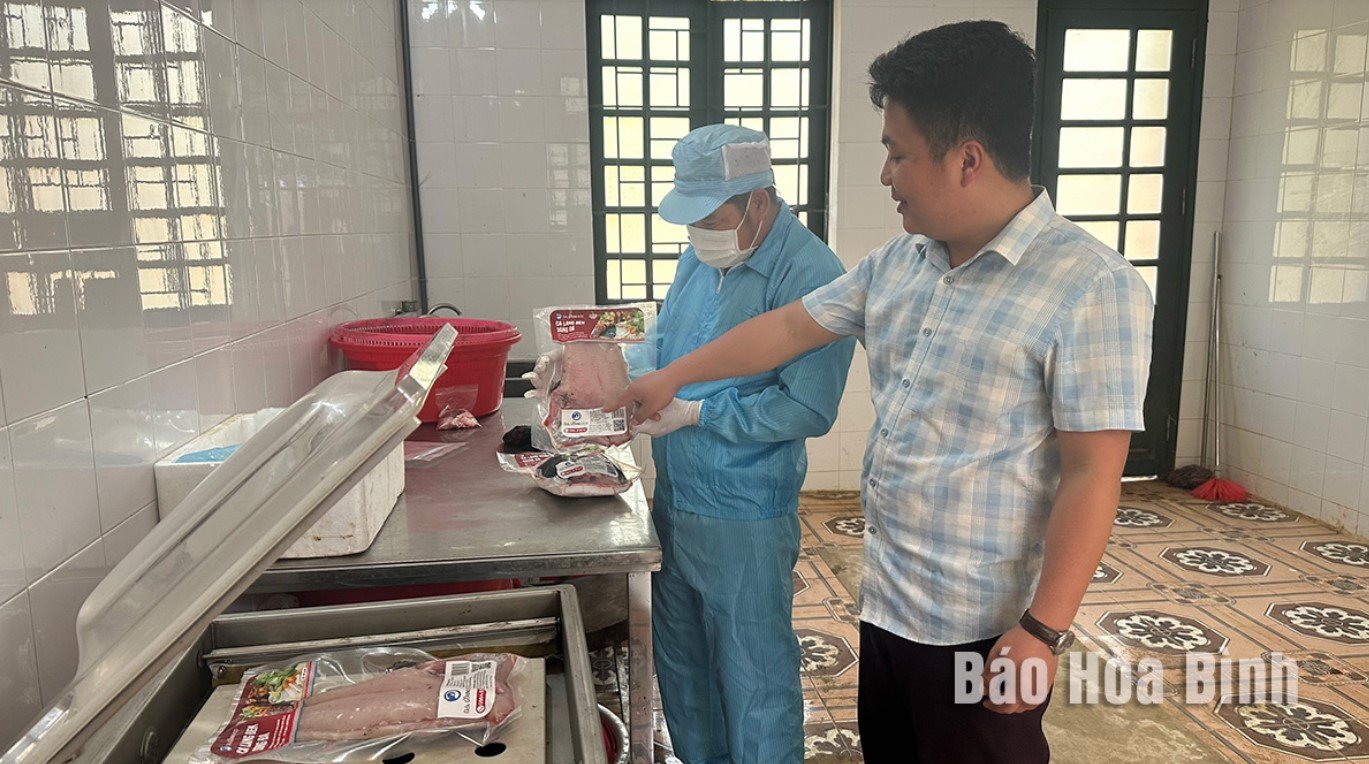

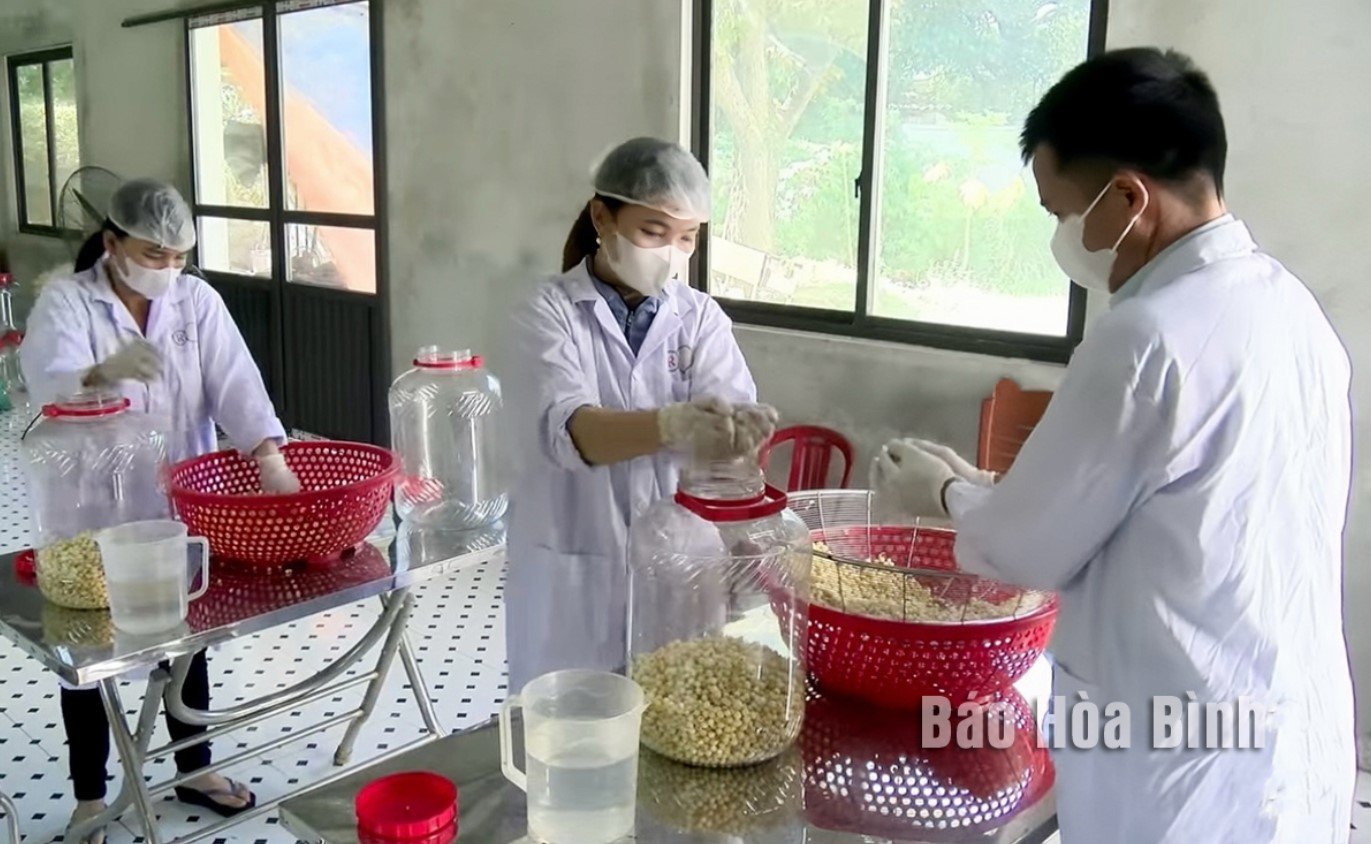
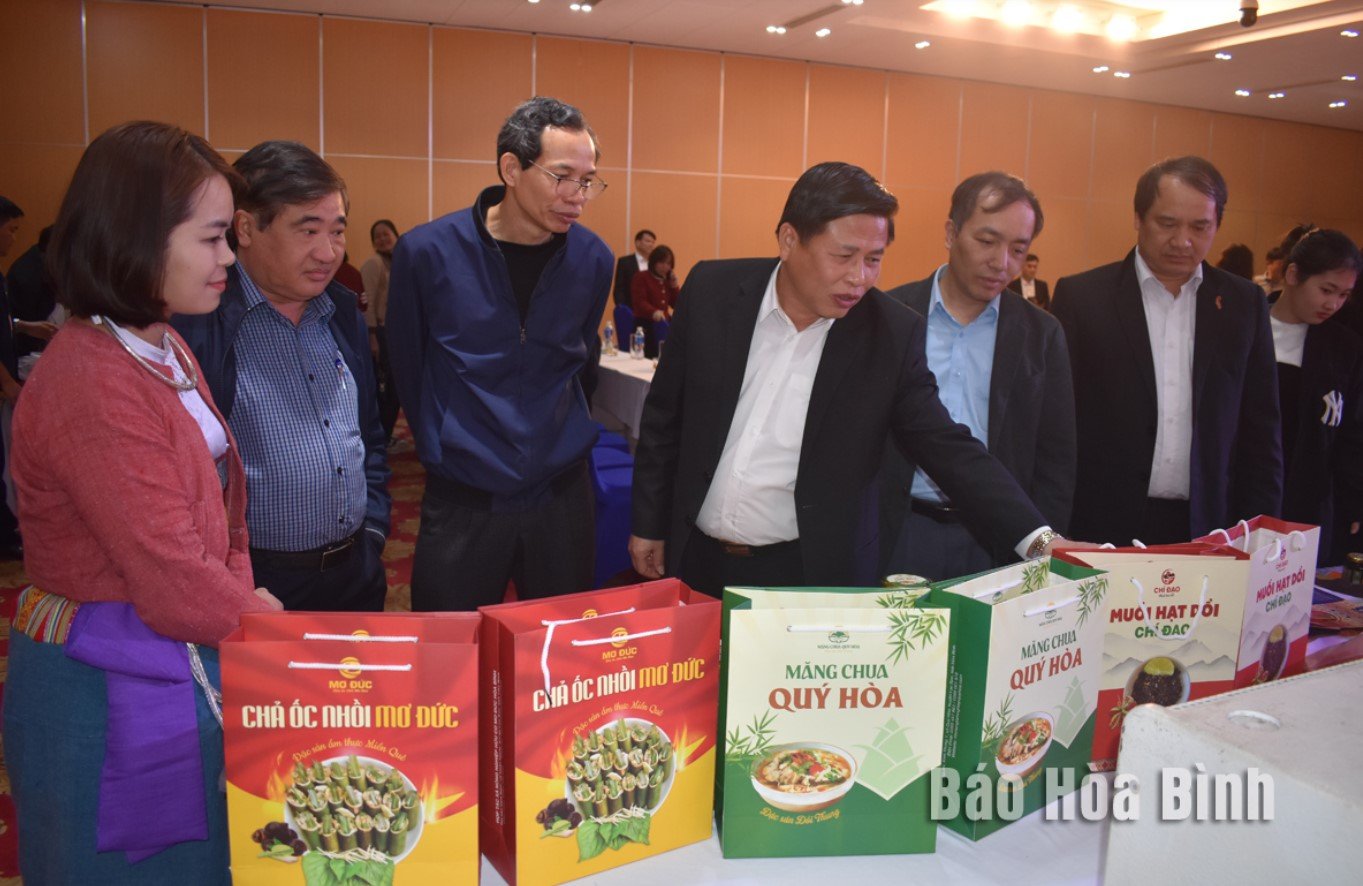
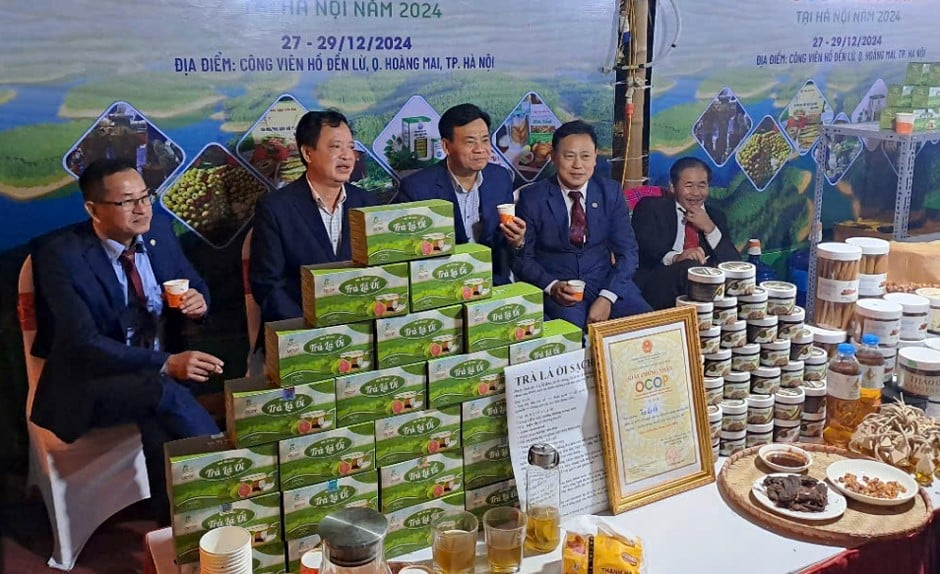
Comment (0)